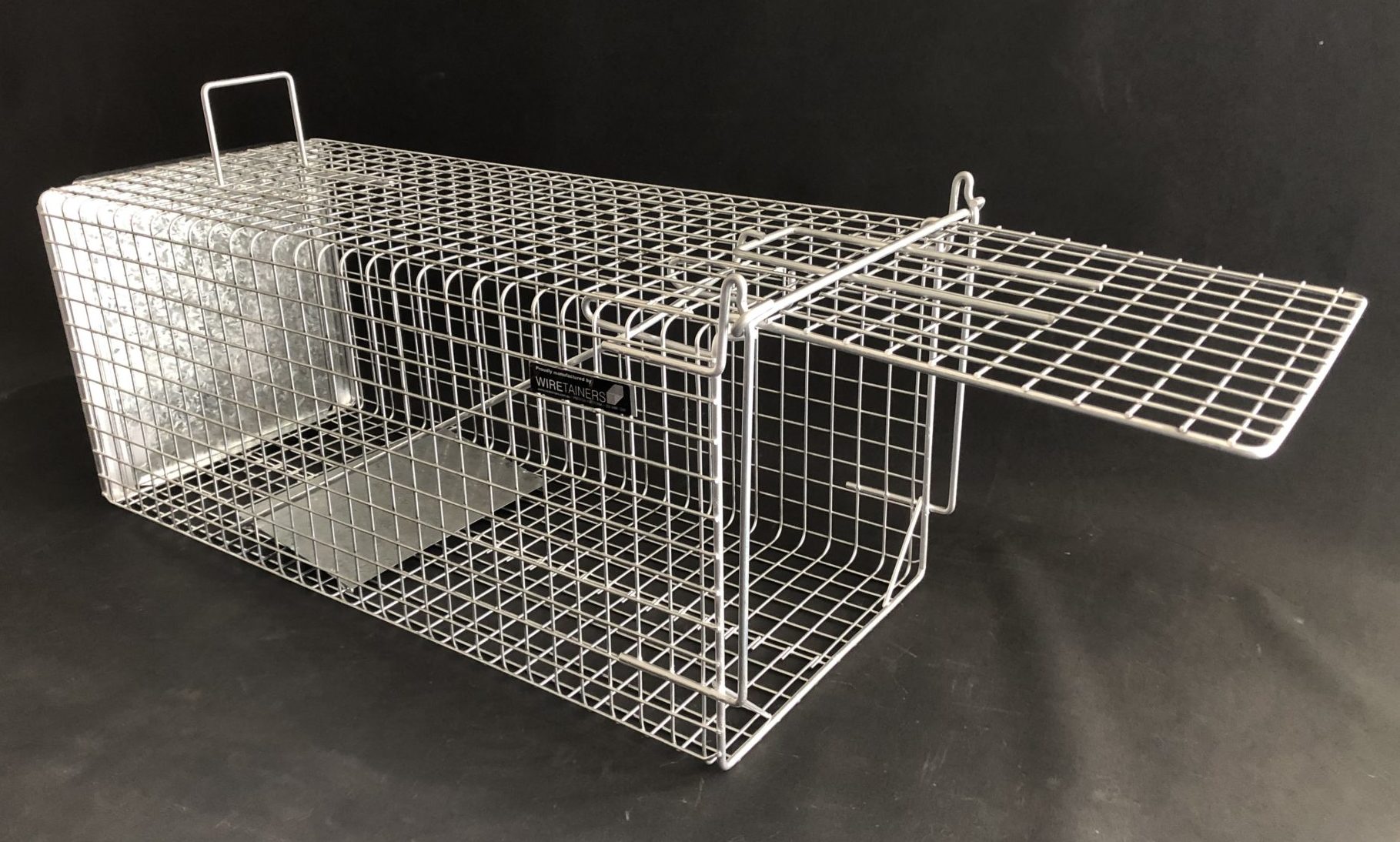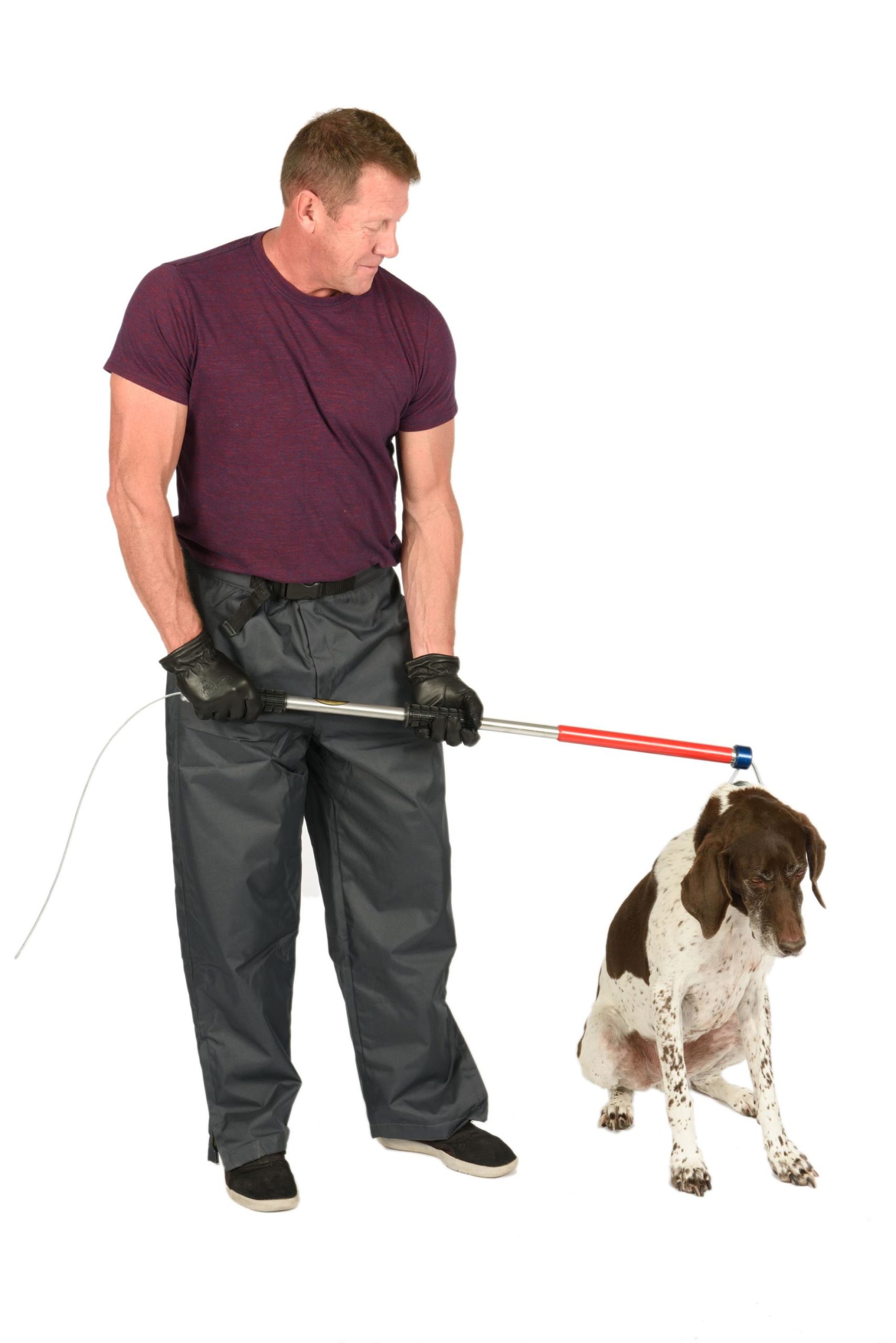Animal Control Equipment 101: What You Need to Know
In the field of animal management and care, the importance of proper animal control equipment cannot be overstated. Professionals in animal control services, as well as individuals dealing with wildlife issues, need to be well-informed about the various tools and equipment available. This guide delves into the essentials of animal control equipment, offering valuable insights for safe and effective animal management.
Comprehensive Overview of Animal Control Equipment

In the realm of animal management and welfare, the right tools are essential for ensuring both human safety and animal well-being. Here’s a detailed breakdown of the key types of animal control equipment:

- Cages and Traps: These are fundamental tools for safely capturing and transporting a variety of animals. Cages and traps come in multiple sizes and designs, tailored to different species, ensuring the humane capture of animals ranging from small critters to larger wildlife. Modern designs often feature mechanisms that minimize stress and injury to the animal.
- Nets and Net Guns: Nets are crucial for safely controlling animals, especially in situations where direct contact is risky. Net guns, a more advanced form, allow for the capture of animals from a distance, making them ideal for capturing fast-moving or flying animals. These tools are designed to entangle the animal with minimal harm.
- Leash Poles and Snares: Leash poles, often referred to as control poles or catch poles, are used for restraining and guiding animals, particularly dogs or other medium-sized animals. Snares can be used for similar purposes, especially in trapping operations. Both tools are designed to control the animal without causing undue stress or harm.
- Muzzles: Muzzles are essential for preventing bites from aggressive or frightened animals, especially dogs. They come in various sizes and materials, and can be used for a wide range of animals. The key is to choose a muzzle that allows the animal to breathe and pant comfortably while preventing biting.
- Protective Gear: The safety of the handler is paramount. Protective gear includes gloves, arm guards, protective suits, and boots, which safeguard against scratches, bites, and potential diseases. High-quality, durable materials are a must for effective protection.
- Identification Tools: Tags, collars, and microchips are essential for tracking and identifying animals. These tools are particularly important in managing stray animal populations, enabling easier reunification with owners or tracking for health and population management purposes.
Each of these tools plays a vital role in the field of animal control and management, ensuring the safety and humane treatment of animals while protecting the handlers and the public. The choice of animal control equipment should be based on the type of animal, the specific environment, and the nature of the situation. This tailored approach ensures effective handling while maintaining animal welfare.
Ensuring the reliability of the equipment is critical. Regular maintenance of animal control equipment is essential for its longevity and effectiveness. This includes routine checks, cleaning, and repairs as needed.
Training and Expertise: Enhancing Equipment Effectiveness
The best equipment is only as good as the person using it. Comprehensive training in handling and operating these tools is crucial. Understanding animal behavior and stress signals can greatly improve the effectiveness of animal control efforts.
Educating the community about wildlife management and the role of animal control equipment is vital. Community programs can foster a better understanding and support for humane animal control practices.
Legal and Ethical Aspects: Responsible Animal Control
Adhering to legal and ethical standards is paramount in animal control. Practitioners must stay informed about local wildlife laws and ensure that their methods are humane and regulatory compliant.
Case Studies: Real-World Applications
Illustrative case studies can provide insights into the practical application of animal control equipment. These examples highlight how different tools have been used successfully in various scenarios, from urban wildlife management to rescue operations in natural disasters.
Conclusion: A Holistic Approach to Animal Control
In summary, animal control equipment is a critical component in the management of wildlife and stray animals. Different tools, like cages, nets, and GPS trackers, are important for controlling animals in a humane and effective way. However, the true efficacy of this equipment is realized when combined with proper training, an understanding of animal behavior, and adherence to legal and ethical standards.
By integrating high-quality equipment with these best practices, animal control professionals and enthusiasts can ensure safe, efficient, and humane operations. This holistic approach not only protects human communities but also respects and preserves the welfare of the animals involved.
